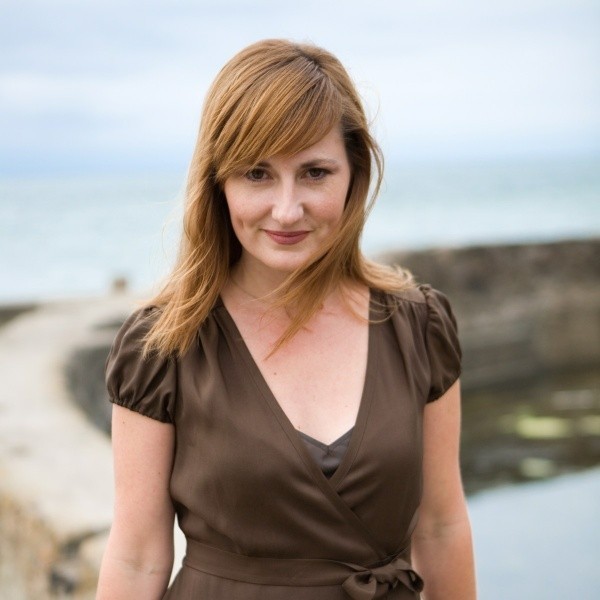
Sharing is Caring
Browse Categories
From Author To Editor: Making the Leap with Michelle Richmond by Tim Sanders
February 08, 2013
Recently, I spent some time with Michelle Richmond, best selling author of The Year of Fog. I noticed that not only was she a critically acclaimed novelist, she also worked as an editor. So I reached out to her to find out how she crossed over from author to editor. Here's her unique and fresh perspective on crossing the chasm:
Tim: So, Michelle, how did you get started in writing?
Michelle: I studied creative writing in college. Right out of school, I took a job as an advertising copywriter, doing freelance magazine writing. Then, I went back to graduate school to do an MFA in Creative Writing, and during that time, I started writing fiction and personal essays.
Tim: You also provide editing services. At what point did you realize that besides being an author, you were also an editor?
Michelle: Around the time my first book came out, I started teaching creative writing, first at City College of San Francisco. Over the years, I taught in the graduate writing programs at California College of the Arts, the University of San Francisco, St Mary's College of Moraga, and, most recently, Notre Dame de Namur University.
When you’re teaching creative writing, you are always editing. When you are reading a student’s work, you’re looking for the big picture of the story, but you’re also very involved in showing that writer how the piece can become so much better by losing the extraneous words, or adding the right word in the right spot.
Tim: When you first take on an editing project, how do you dive in?
Michelle: If it’s a full manuscript, then the first thing I do is read it. Before I ever pick up a pen, I read the first 50 pages or so because I want to get a real feel for it before I start making any sort of decisions and marks on it.
The easy part of editing is the line-by-line work, because it can be so clear to you, from an outside perspective, what can make a sentence or a paragraph better. The bigger job is after you’ve read the complete manuscript, thinking about the puzzle pieces, and how to move things to make the narrative feel more complete and more suspenseful.
Even if it’s a non-fiction, businessy kind of book, there has to be some feeling of where the story is going. So, the more nuanced part of editing is figuring out how all of the pieces go together.
Tim: What do you prescribe if an author friend of yours asks you, “I really want make the leap into editing. What books should I read on the subject?”
Michelle: I don’t really prescribe books on editing, simply because I think the best way to be a good writer and a good editor is to be a voracious, and eclectic reader of literature. I always believe in learning by editing, rather than just reading books that tell you how to do it.
Tim: What advice, then, would you give to an author who wants to setup an editing business?
Michelle: First, I’d ask, “How much time can you really can devote to editing?” This takes away from your writing time, so once you’ve figured out your editing commitment, you can calculate what you need to charge for the work.
You have to find the sweet spot, where you will do the editing joyfully and be happy to have the work. If you undersell yourself, you’ll be thinking, “Well, I could be doing my own writing right now.”
Tim: Good advice on pricing, what about marketing?
Michelle: The most basic thing is to set up a website with your editing services, or have a section on your own author website outlining what kind of editing you do, what kind of projects you take on, and what you charge.
I do it by package. I offer a first 50 pages package, a full edit of the entire manuscript, and a package that includes a second edit of the revision. I try to make packages and pricing very transparent, so that the queries I receive are from people who are actually interested in the service I'm offering.
Once your website is up and running with all of the essential information, engage your twitter followers, facebook friends, and Linked-in connections. Reach out to your friends, acquaintances, and colleagues in the industry to see if they can refer to you to authors who are looking for the kind of editing your want to do. Network!
For more in Michelle both as an author and editor, vist her website.

About Tim Sanders
Tim is a bestselling author and former Yahoo! executive with a mission to disrupt the traditional publishing and self-publishing industries and share knowledge with authors looking to publish and market high-quality books.
Follow @sanderssays